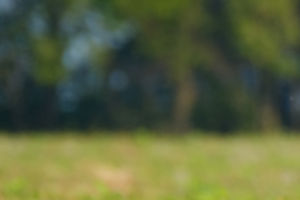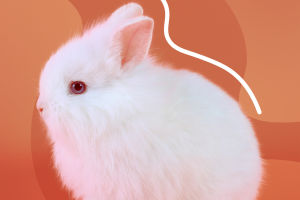The black-crowned cuckoo falcon has long and vertical blue-black crown feathers on top of its head, which are extremely prominent. The iris is purple-brown or red-brown.
The beak and legs are leaden in color. The head, neck, dorsal tail feathers, and tail feathers are dark brown with a blue metallic sheen, unlike the brown-crowned cuckoo falcon.
The wings and shoulders have white spots, and the throat and neck are black. The upper thorax has a broad, star-moon-shaped white spot, and the lower thorax and ventral side have broad white and maroon horizontal spots.
The central part of the abdomen, the covering feathers on the legs, and the covering feathers under the tail are black, and the inner part of the tail feathers are white, with maroon patches on the outer part.
When flying, the wings are broad and round, and the black underwing and undertail feathers are in contrast to the silvery gray flight and tail feathers.
From above, the body is black, with a broad, highly visible white horizontal band on the secondary flight feathers.
The overall appearance is mostly black except for a few white feathers on the chest and back, which reflect a pale green metallic sheen in the sunlight, so much so that people unfamiliar with it may mistake it for a crow.
The black-crowned cuckoo falcon is not rare regionally. It often inhabits hills, mountains, or plain forests, and sometimes also appears in sparse forest slopes, villages, and forest edge fields. Mostly active in the morning and evening.
They are often solitary, and sometimes in small groups of 3-5. During breeding, it lays 2-3 eggs at a time. Roosts on the top branches of tall trees and nests on thin branches. It is found in the Eastern Himalayas and Western Ghats.
The Black-crowned Cuckoo Falcon is often solitary and sometimes in small groups of about 3-5. They often soar and hover over the forest or do some wing fluttering.
Sometimes they also move and hunt in the forest and on the ground. They are alert and timid, and sometimes appear sluggish.
The crown of feathers on the head often stands high and falls low, as if they are very sensitive to what is happening around them. The activity is mainly during the day, especially in the early morning and dusk.
It mainly feeds on locusts, grasshoppers, cicadas, ants, and other insects, and is particularly fond of bats, as well as small spinal animals such as rats, lizards, and frogs. It has two sharp teeth on the peak of its mouth, which makes it look very sharp.
Data on the size of the Black-crowned Cuckoo Falcon population is scarce. 2001, the estimated global population size was about 10,000 individuals.
In the fall of 2003, it was 68219 individuals, and in the spring of 2007 and 2008, it averaged 22,000 individuals, with the Black-crowned Cuckoo Falcon being the most common raptor in migratory bird surveys conducted in Chumphon, Thailand.
The 68,219 individuals corresponded to approximately 45,700 mature individuals. In the absence of data from other parts of its range, it is considered to be in the range of 10,000-50,000 individuals.
The species' population is declining due to continued habitat destruction by deforestation. Between 2016-2020, the area of forest cover within the species' range decreased by 5.3% (Global Forest Watch 2021), corresponding to 16.7% of the future three-generation projection.
The species uses orchards, gardens, and agricultural areas in winter, but nests primarily in forests. The species has no other known significant threats and is therefore considered to be declining at a similar rate to forest loss.


